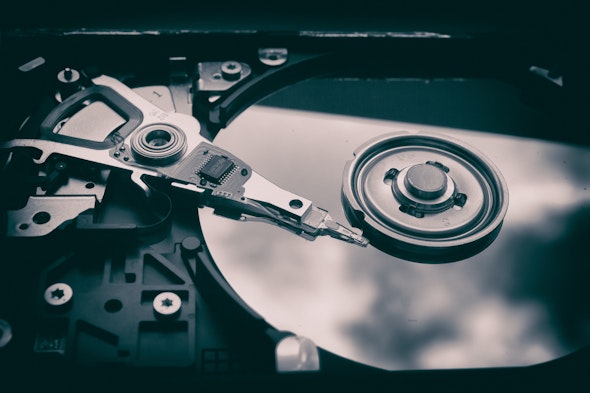8-bit vs 12-bit on the Canon C200
The Canon C200 shoots in a couple different codecs with a whole bunch of different bit depths. Maybe you’ve heard people talk about 8-bit vs 10-bit vs 12-bit. But what does it all mean? Why should you care about the bit depth you’re shooting in? Well…

1. It Defines Your Color Depth
The bit depth describes the number of color values per channel - Red, Green, and Blue. 8-bit is really 28unique colors per channel, which adds up to 256. 10-bit comes out to 1024 unique colors per channel, and 12-bit brings us all the way to 4096. That means you can have a lot more subtlety and nuance when working in 10 or 12 bit.
2. Higher Bit Depth is Easier to Color Grade in Higher Contrast Situations
A camera shooting 8-bit is recording 2^8 unique colors per channel, which adds up to 256 total. 256 shades of green, 256 shades of blue, and 256 shades of red, all mixed up together to form an image. A 10-bit image comes out to 1024 unique colors per channel, and 12-bit brings us all the way to 4096. In the color grading process, this gives you a lot more raw material to push, pull, extend, or reposition and results in a much more subtle, nuanced image.

3. You Will Need A lot of Media Storage for Post Production

The Canon C200 only uses 10-bit and 12-bit when shooting RAW Light. The rest of the time, you are working in an 8-bit world with the MP4 codec. One of our users gave us a real-world perspective on this trade-off in a blog post last month.
4. Why Shoot in 12-bit?
While there are very few places to actually see a 12 bit image on a 12 bit display, it’s always a good idea to “overfill the bucket” - much like people shooting 4K for an HD delivery. 10 bit was prominent for the last few years, and still is, as most consumers are watching 8 bit TV’s at home. But as 10 bit panels start to hit consumer shelves, 12 bit is becoming the preferred capture depth - especially when finishing for HDR.
5. So Why Shoot in 8-bit?
Many people, including large-budget shows and films like Saturday Night Live, House, and Captain America, have used 8-bit MP4 footage from the 5D for years and found its strengths to be more convincing than its shortcomings. If you are not expecting a harsh color grade or doing green screen work, then the simplified workflow and massive storage savings might be right for you. If you are delivering your video straight to the web, 8-bit might be for you as well.

That said, there is a place for RAW in your shooting life as well. If you are shooting a short or a feature where image fidelity and pristine color are important to you, then Canon’s new 10 or 12-bit compressed RAW could be the answer.
Related Gear



